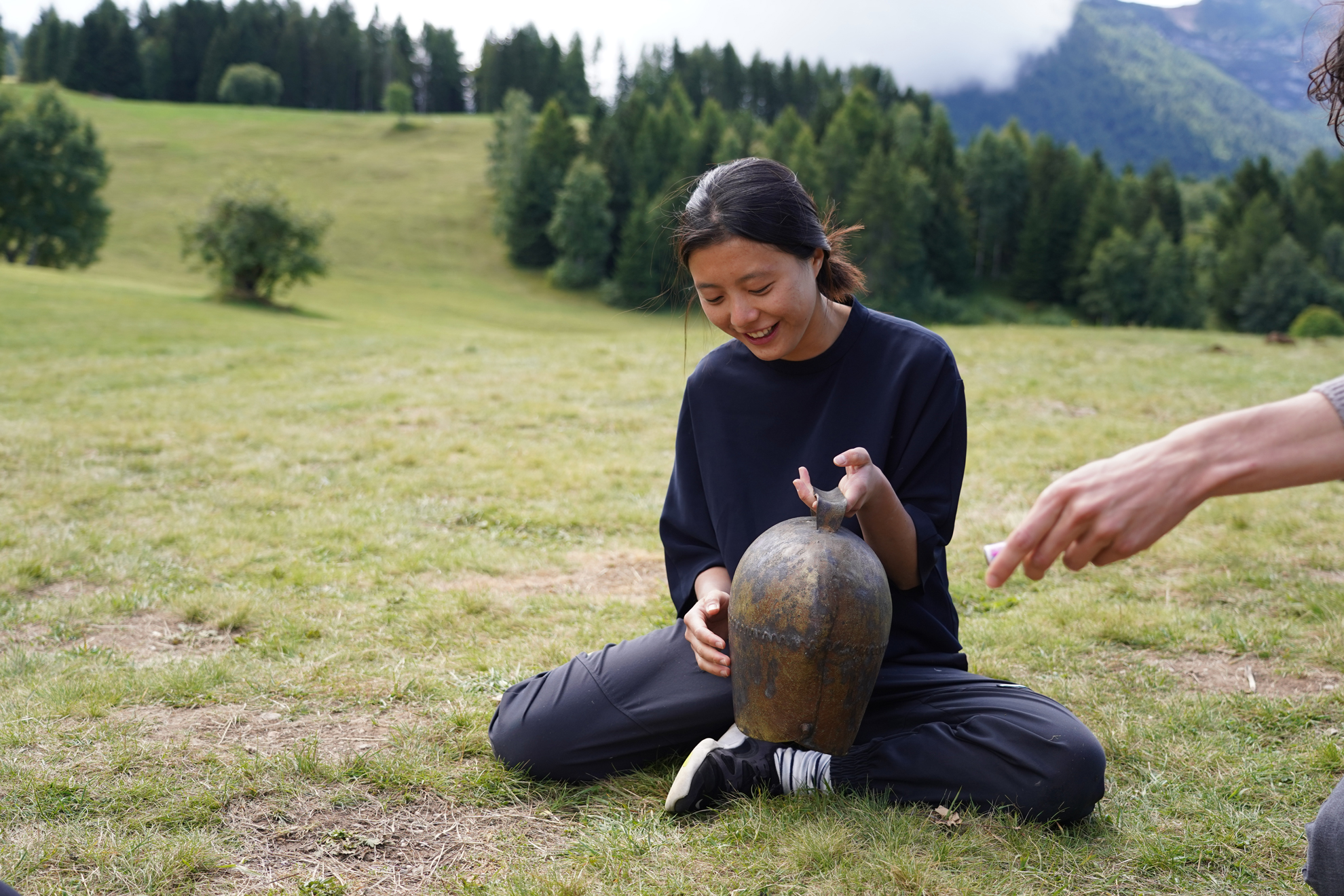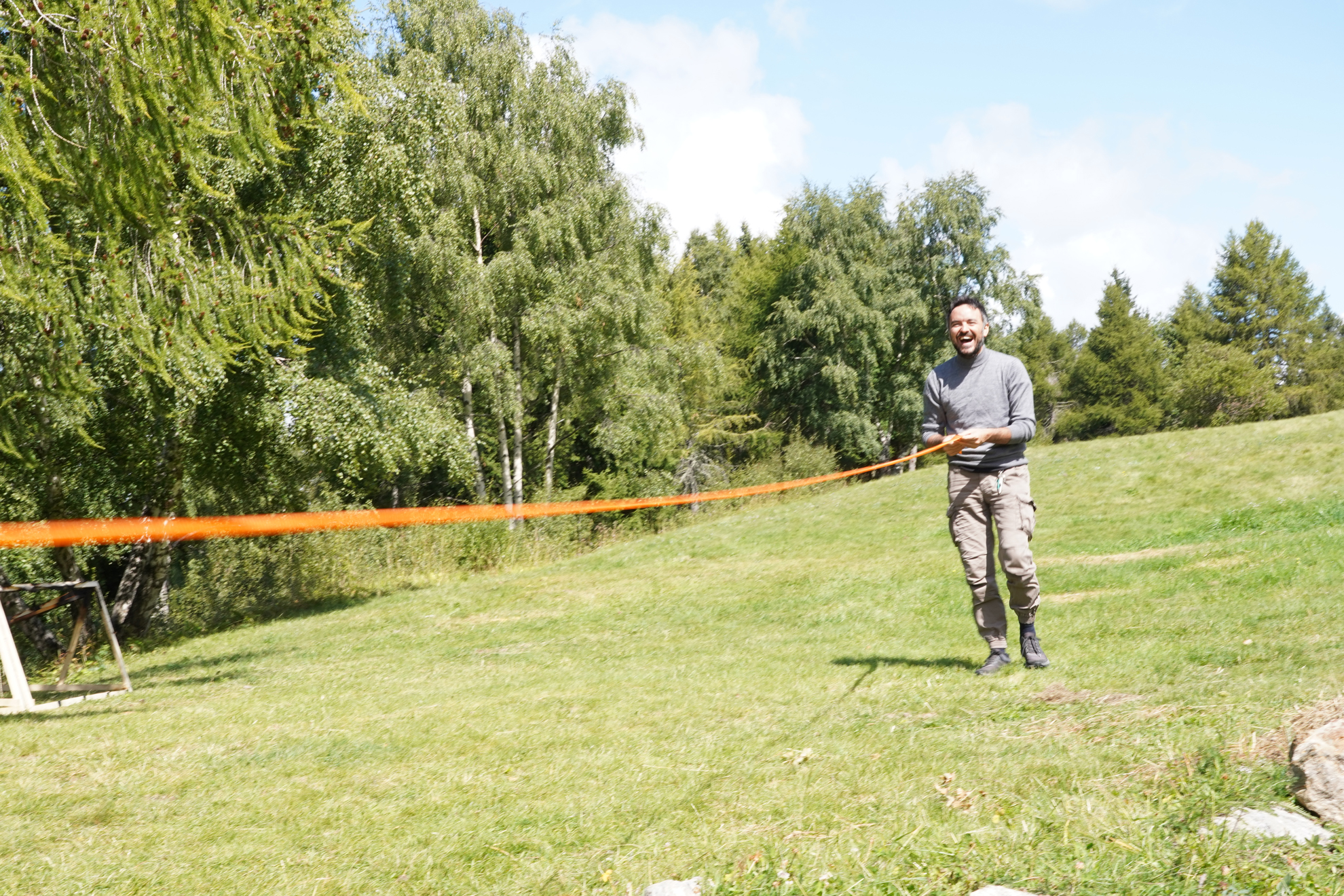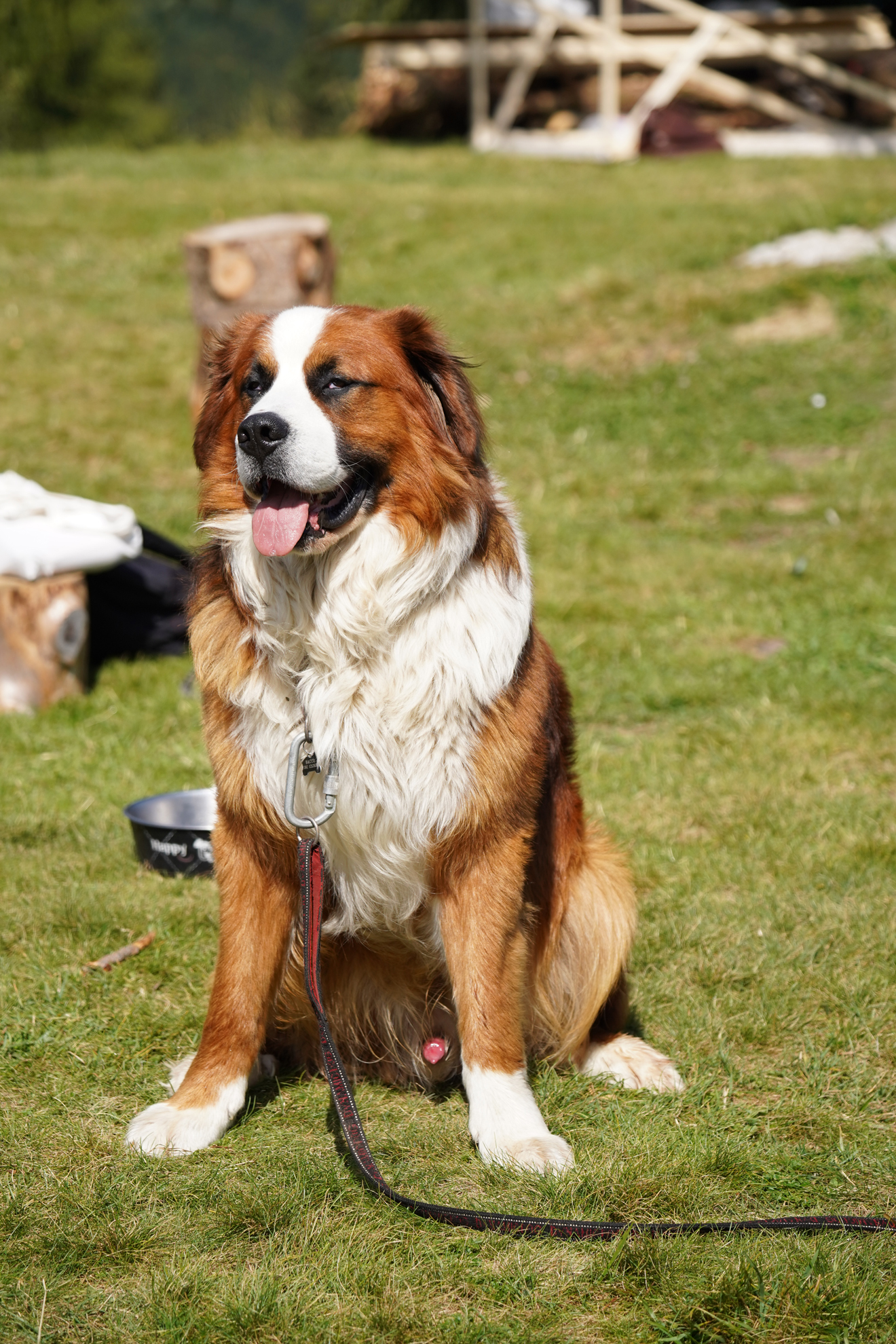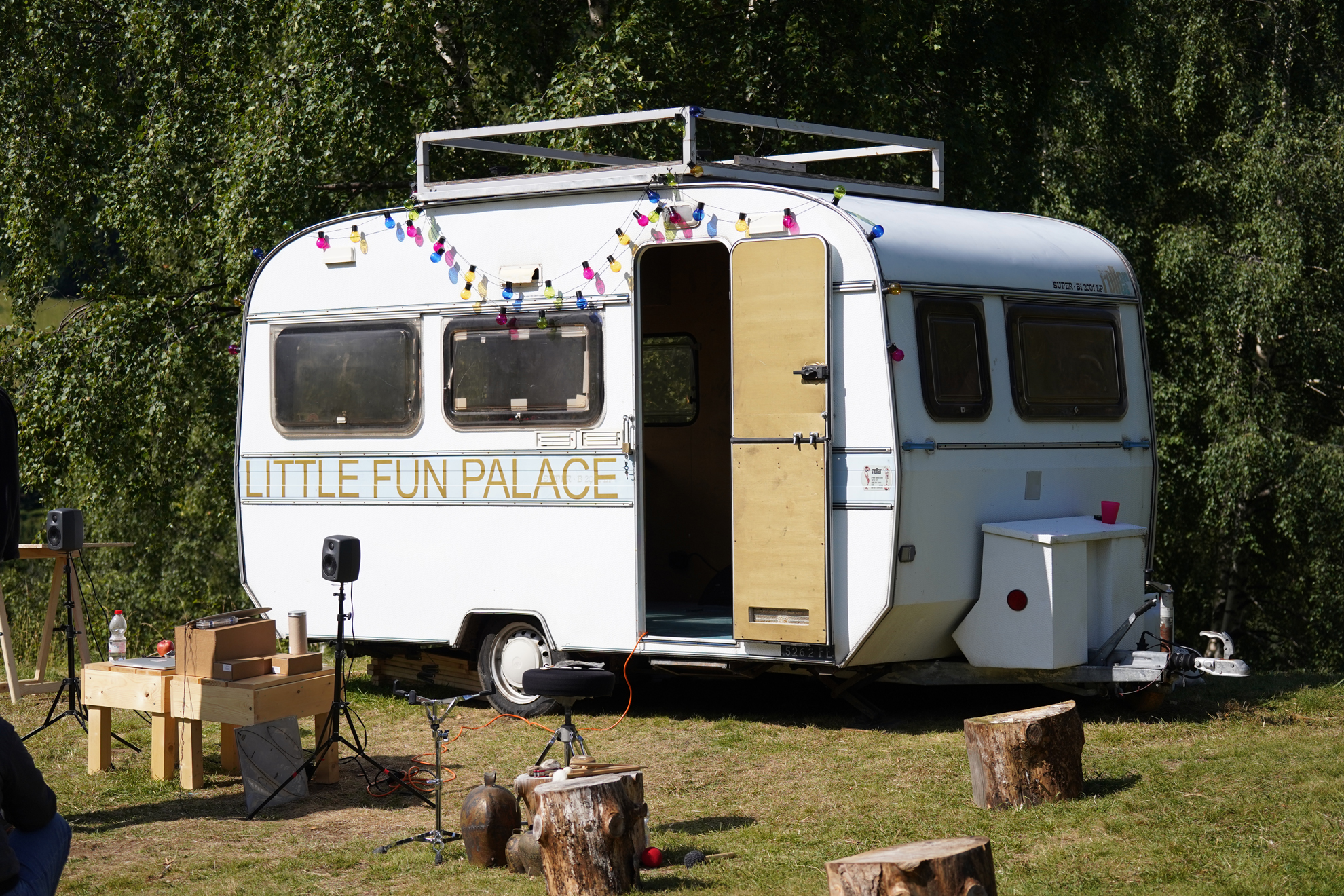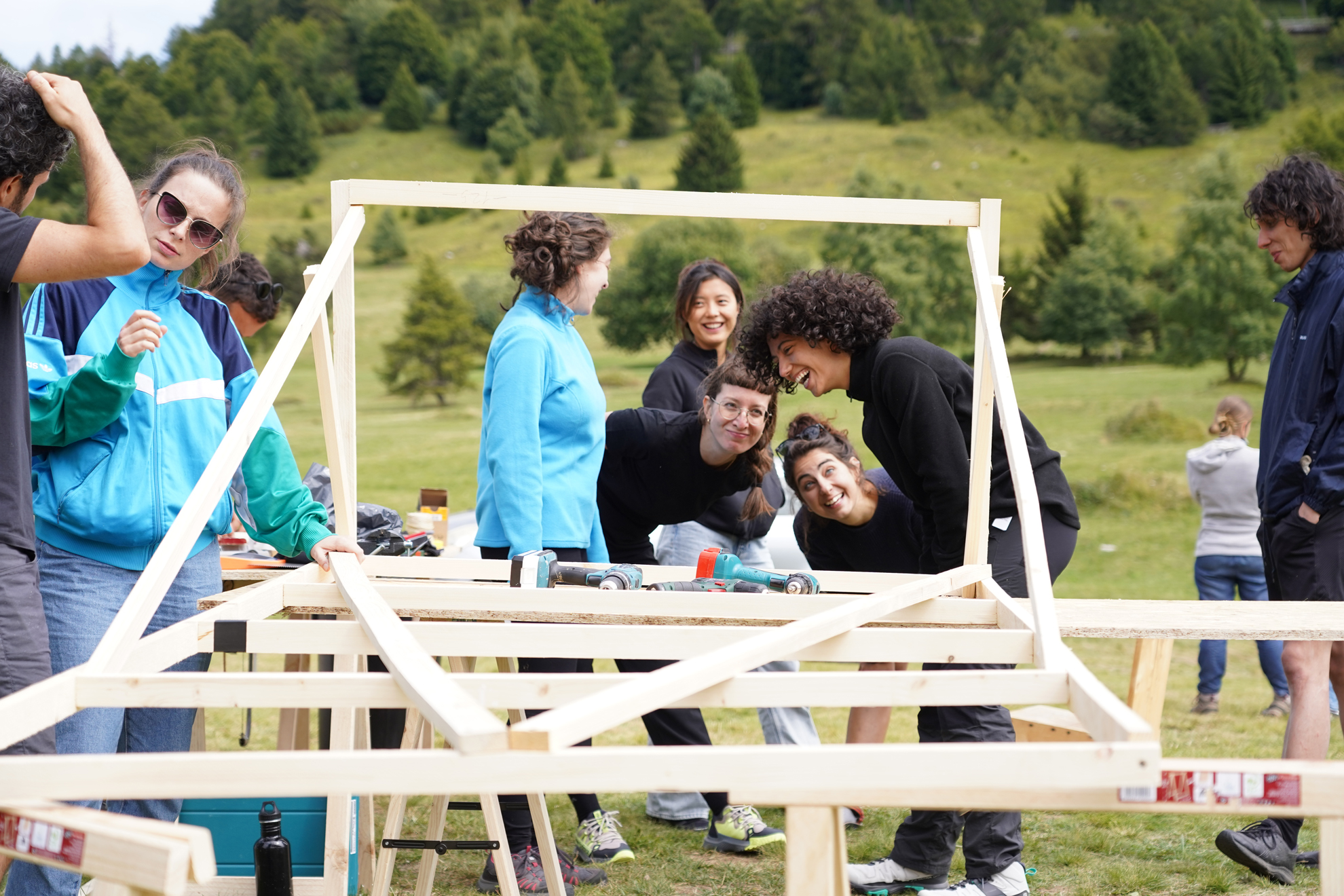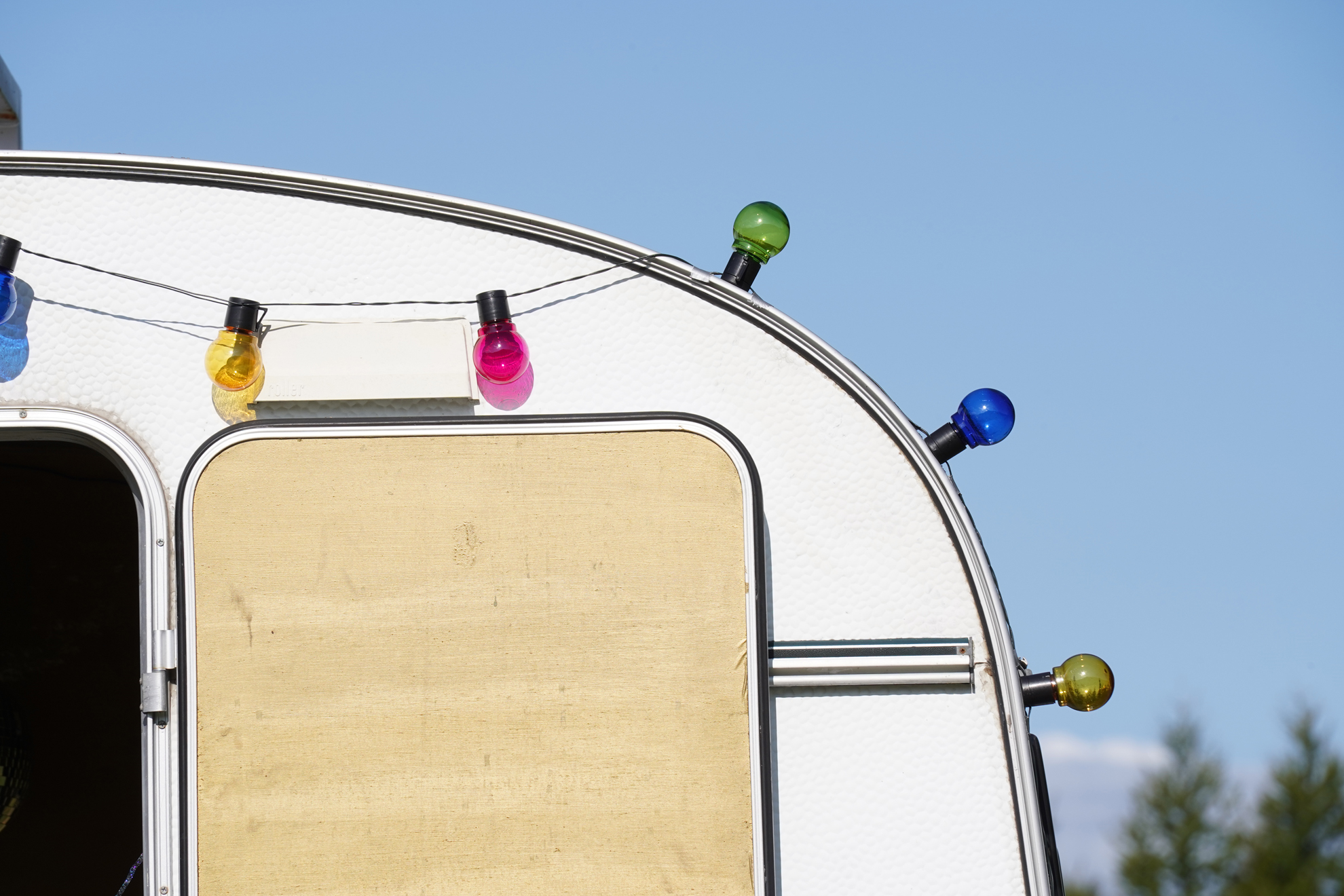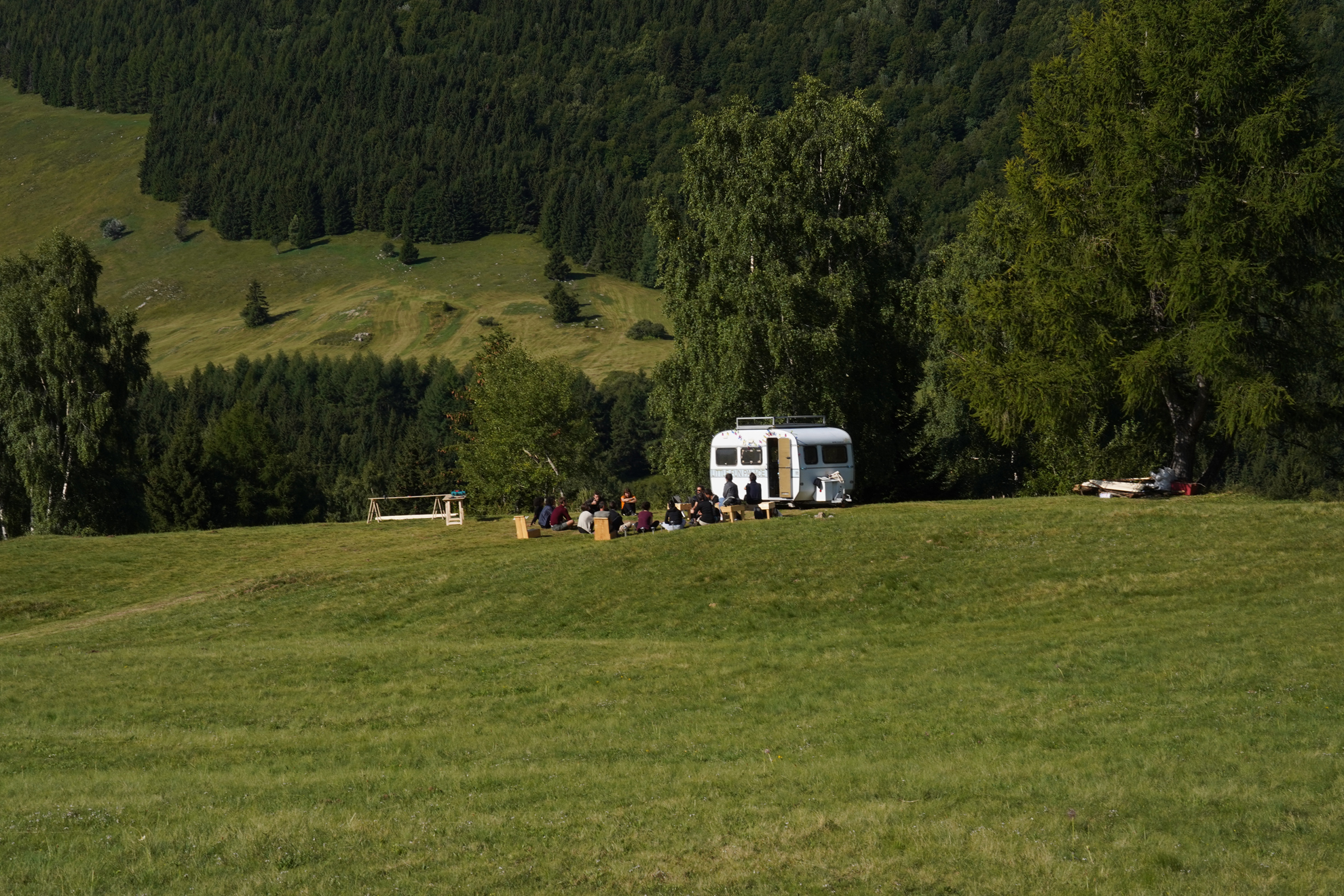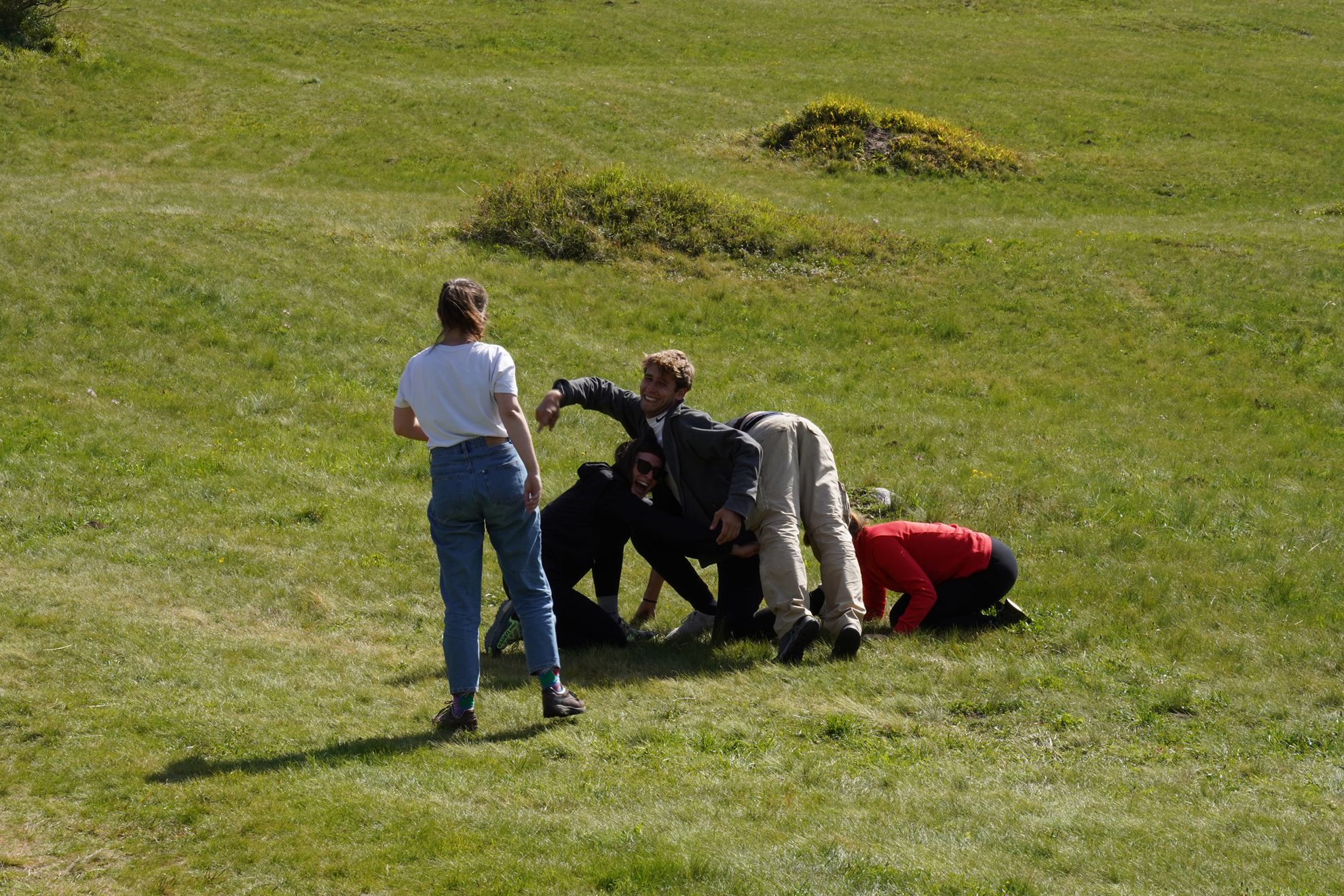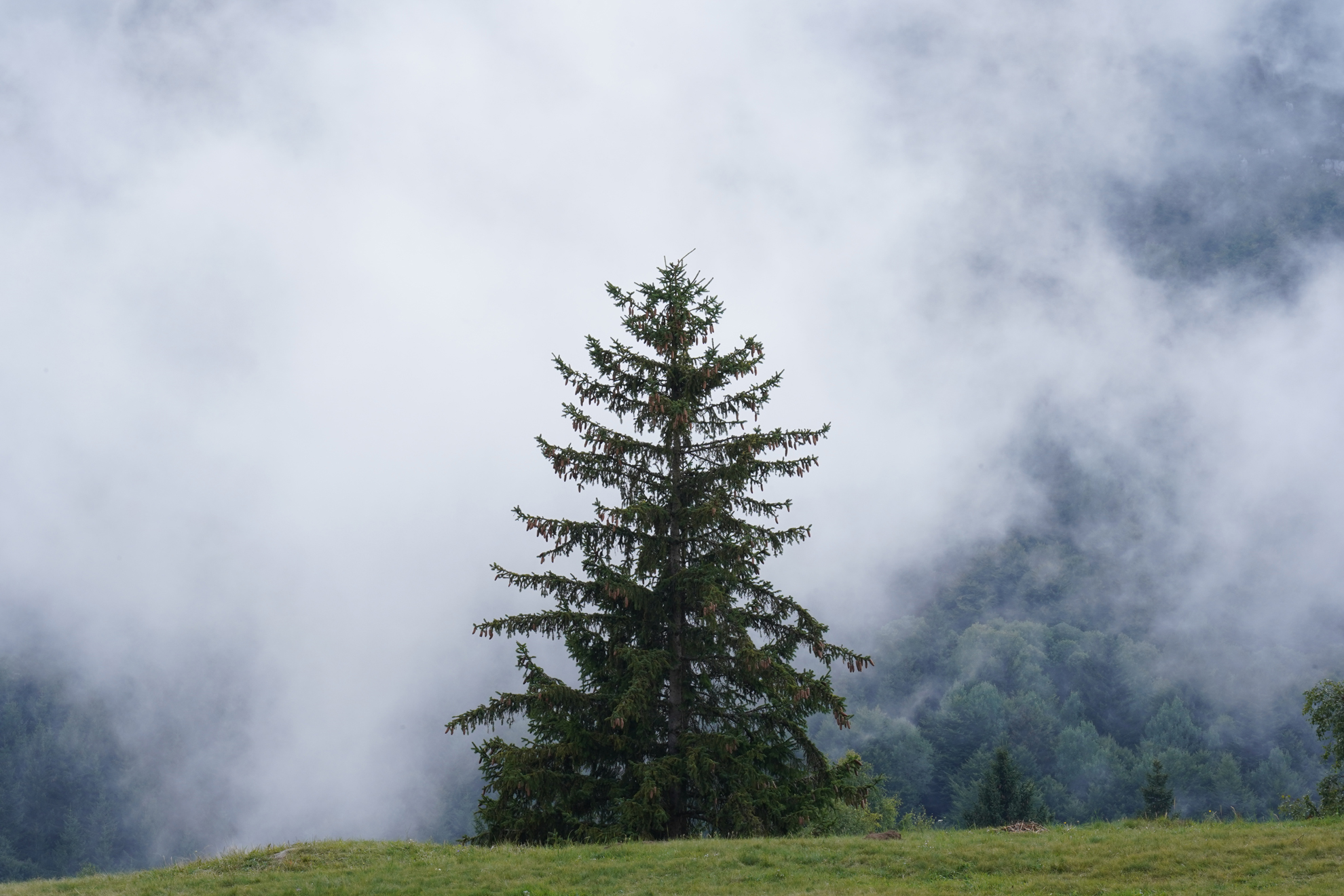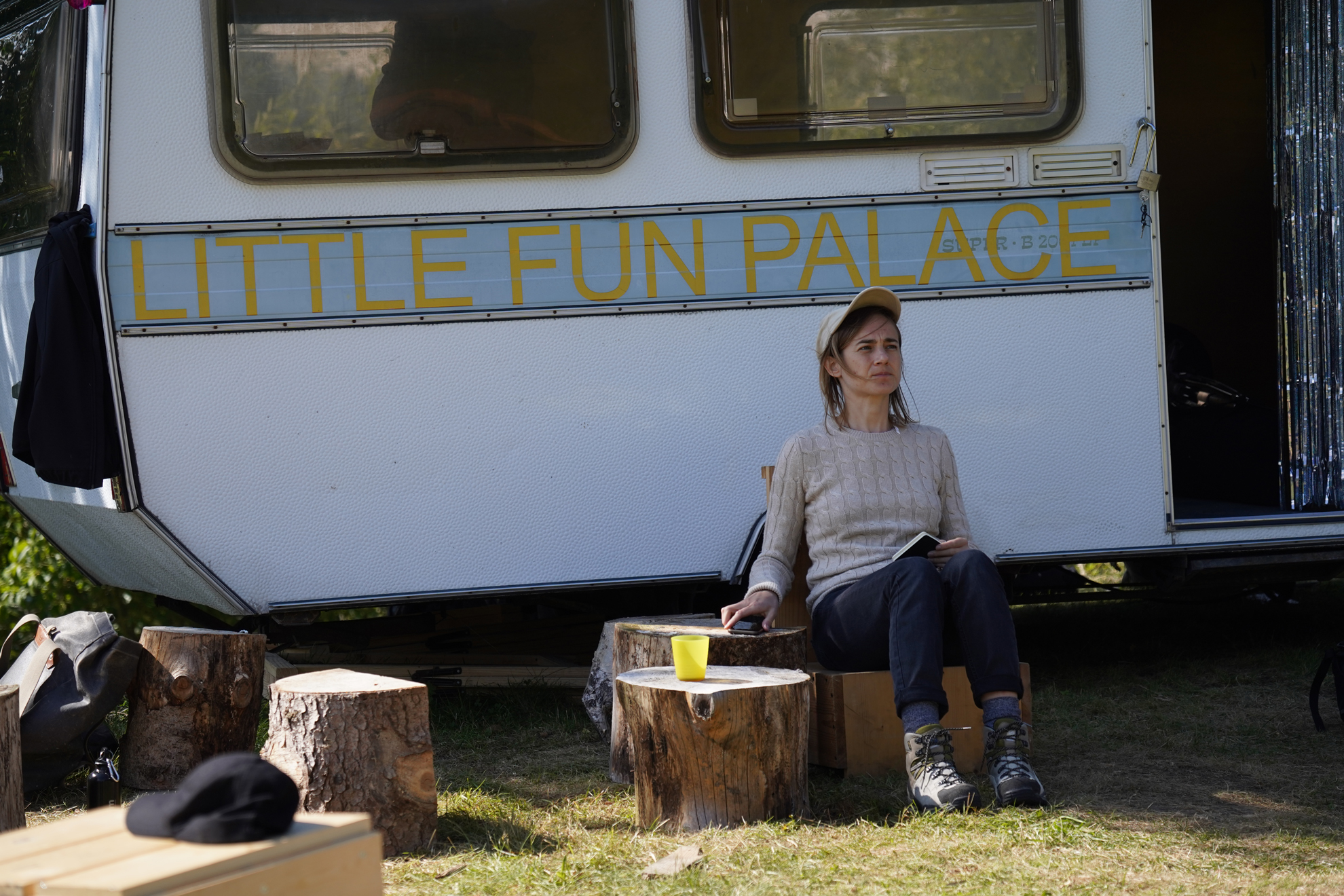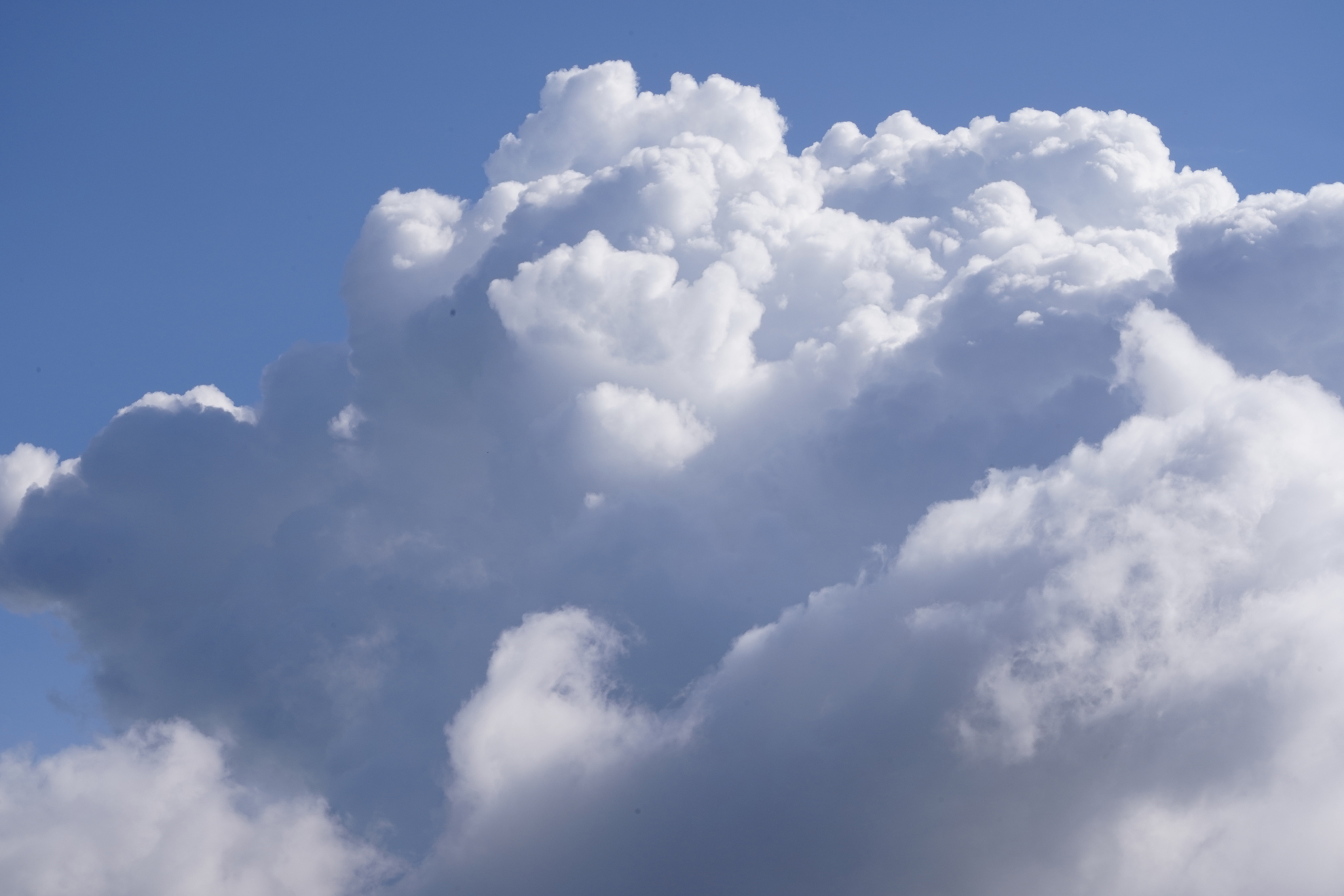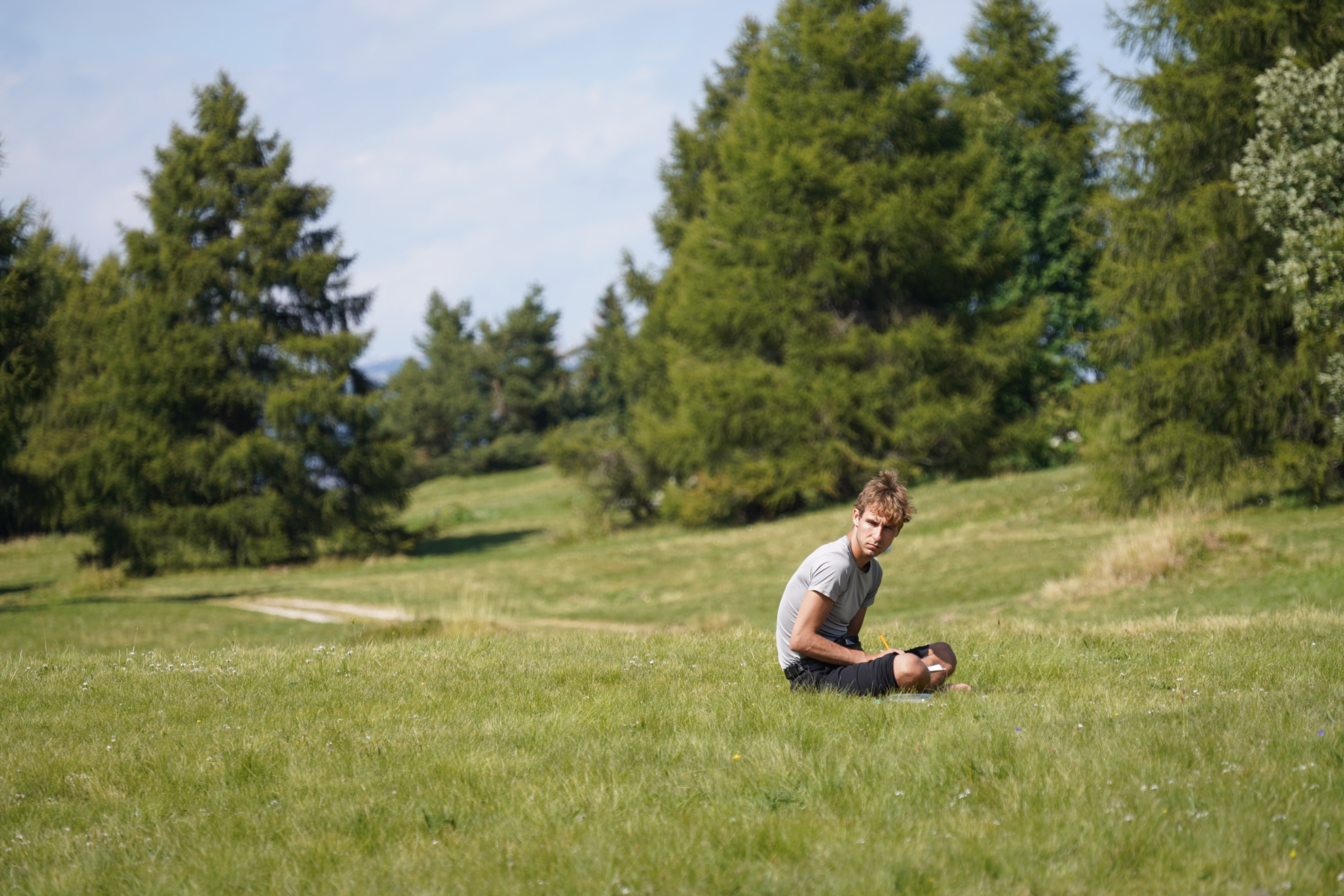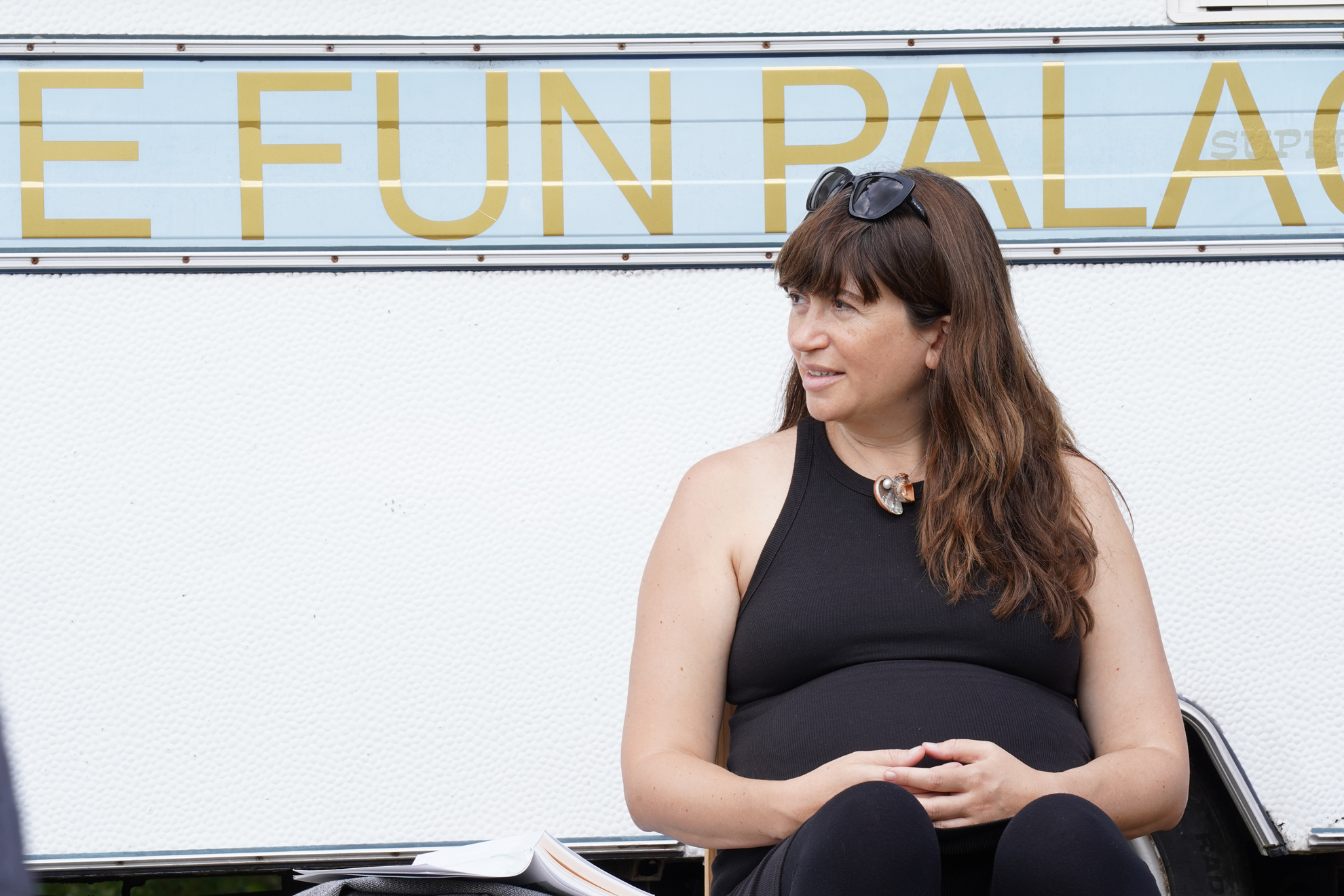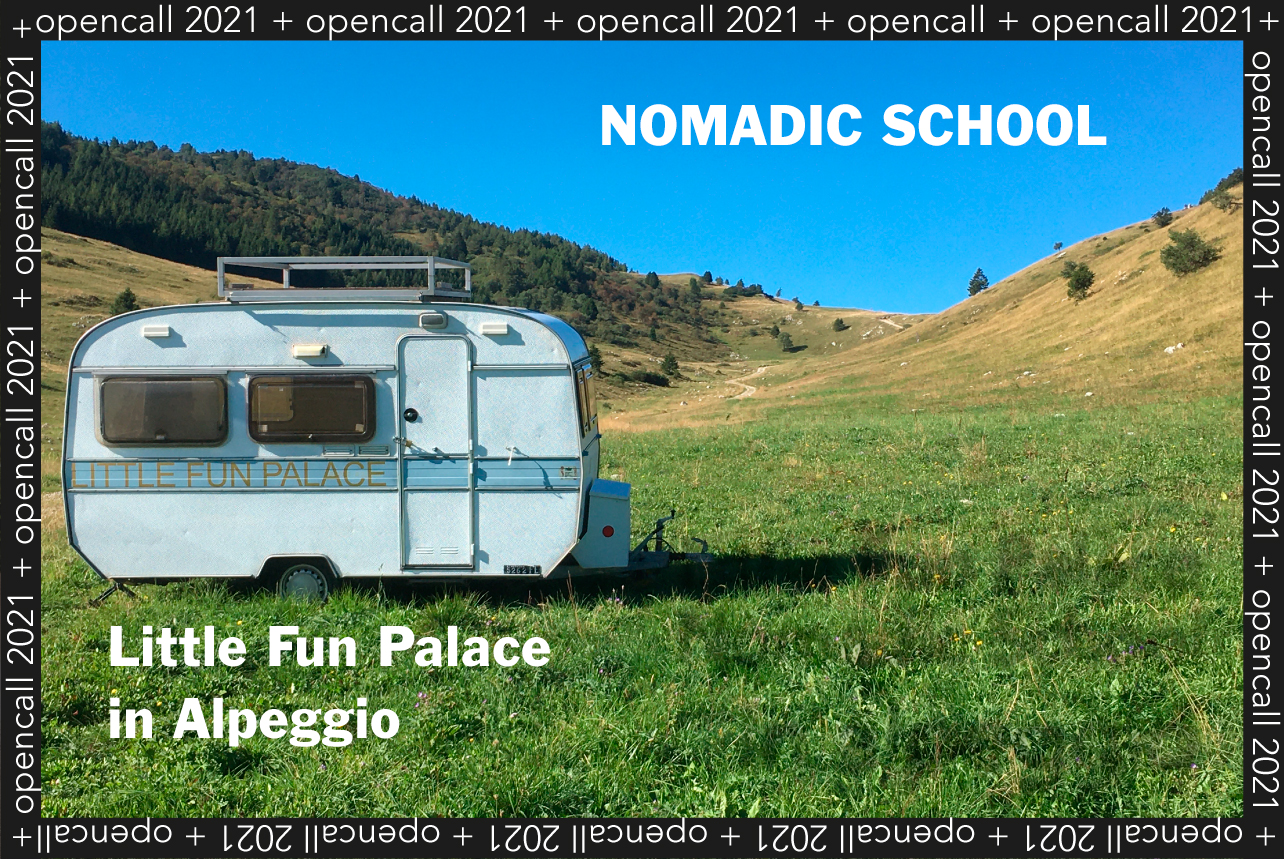content
Since its beginning, Little Fun Palace has left behind the representational distance cultivated by art institutions. Guests and audiences have mingled in a flawless strip of events designed for different surroundings and contents. I always believed that this openness, this capacity to welcome uncertainty from a manifold of micro-ecologies of different guests, could lead the Caravan to an expansion of the discipline of theatre-making. And yet, its ever-changing agenda didn’t allow experimenting a specific knowledge-process entailed into the Caravan itself, in the particular space that Little Fun Palace is and represents. We have never reached a scientific rigour necessary to establish the Caravan as a nomadic school.
To fulfil this gap, the caravan becomes a platform resonating OHT’s research on theatre and set-designing in relation to natural and urban spaces. A discourse that does not ignore the place where it occurs; a Caravan designed as a flexible framework where different spaces can be plugged in. As suggested by architect Cedric Price, Little Fun Palace has its ultimate goal in the possibility of change at the behest of its users and content. Consequently, the nomadic school will re-think the shape of the Caravan every time a public programme will be hosted. Specific designed components will immerge Little Fun Palace in its surroundings. By designing and building further features of Little Fun Palace, we will deepen its position into society, its position in the world, its geographical position. The Caravan will be simultaneously a study of the world as well as a part of it echoing Cedric Price’s educational ideas of making flexible architecture to have an actual impact on our world. A Caravan denying hierarchical transmission of knowledge to connect set-design and theatre to real life and avoiding separations between moments of learning, of fun, of encounter, of collectiveness and moments of individuality
when
23-29.VIII.2021
public programme
mentors
> Silvia Costa (artist, theatre-maker and performer)
Silvia Costa develops a one-of-a-kind visual and poetic theatre, nourished by a deep reflection about the role of images, their meaning and power on the spectator. Her creations are regularly performed in the major Italian and international festivals and will benefit support from De Singel Antwerp from 2021 to 2023. Since 2020, she is member of the multidisciplinary ensemble de la Comédie de Valence. Furthermore, until 2019 Silvia Costa worked as an artistic collaborator on several Romeo Castellucci’s creations.
> Claudia Castellucci (dramaturg, choreographer and teacher)
Dramaturg, choreographer and teacher. In 1981, Claudia Castellucci founded the Socìetas Raffaello Sanzio with Romeo Castellucci and with Chiara and Paolo Guidi. In 1989, she started the Scuola teatrica della discesa, an experience in which she combined gymnastics with philosophical practice. In 2003 she founded Stoa, a school of rhythmic movement that lasted five years, in which are created Balli, dances based on an interpretation of movement that considered time as the main dimension. In 2015 she created the Mòra School, which became a Company in 2019. Claudia Castellucci received the Silver Lion for the Dance Section at the 2020 Venice Biennale.
> Attila Faravelli (musician and sound-designer)
In his practice he explores the relationship between sound, space and body. His music is published by several labels he participates at the Venice Biennial Architecture [2010], curates The Lift – a series of experimental music concerts and he has curated the Sounds of Europe project. He is founder and curator for the Aural Tools project, a series of simple objects to document the material and conceptual processes of specific musicians’ sound production practices.
> Dehlia Hannah (philosopher e curator)
Dehlia Hannah is a philosopher and curator. She is currently a postdoctoral fellow at The Royal Danish Academy of Fine Arts and ARKEN Museum of Modern Art, Copenhagen, where her Ny Carlsberg funded project Rewilding the Museum examines the art museum’s status within the fragile ecologies of the Anthropocene. Her recent book A Year Without a Winter (Columbia University Press, 2018) reframes contemporary imaginaries of climate change by revisiting the environmental conditions under which Frankenstein was written and the global aftermath of the 1815 eruption of Vulcano Tambora.
> Enrico Malatesta (percussionist and sound-researcher)
Percussionist and independent researcher active in experimental fields between music, performance and territorial investigation. His practice explores the relationship between sound, space and movement and the vitality of materials with particular attention to surfaces, listening modes and the definition of multiple information through an ecological and sustainable approach to the percussive instrument. He presents his work in many countries and festivals of contemporary music and performing arts while collaborating with several other artists.
> Studio Folder (research and visual design agency)
Founded by Marco Ferrari and Elisa Pasqual, the studio’s work spans between the cultural and commercial domains and the investigation of autonomous research paths, while working through a diverse range of outcomes-from data visualisation to the design of exhibitions, editorial products and digital platforms. Among others, they work with Studio Olafur Eliasson, Studio Tomàs Saraceno and their book A Moving Border. Alpine Cartographies of Climate Change is published by Columbia Books Architecture.
> Helen Wiesinger (botanist and MUSE collaborator)
Graduated in Forest and Environmental Sciences, she has collaborated with Civico Orto Botanico of Trieste for the Germplasm Bank. In 2011 she moved to Trento, where she's dedicated herself to ornamental trees and their recognition exercises at the University of Trento. Since 2013 she's been working at the MUSE Science Museum in Trento as in charge of educational activities in the botanical field with planning and management of educational services.
> Gli Impresari (Edoardo Aruta, Marco Di Giuseppe, Rosario Sorbello)
Artistic collective actively researching those forms of artistic production resulting from intellectual speculation and technical innovations, which have guided and determined the development of our visual culture since the age of modernity. Their practice consists mainly of sculptures and installations - often activated by performances - inspired by a complex and varied imaginary, ranging from the marvellous effects obtained through theatrical machines, to the mediatic power of the first cinematic projections.
where
Alpeggio [alpine pasture]
Mountain Bondone (slm 1600), natural biotope in Trentino - South Tyrol
